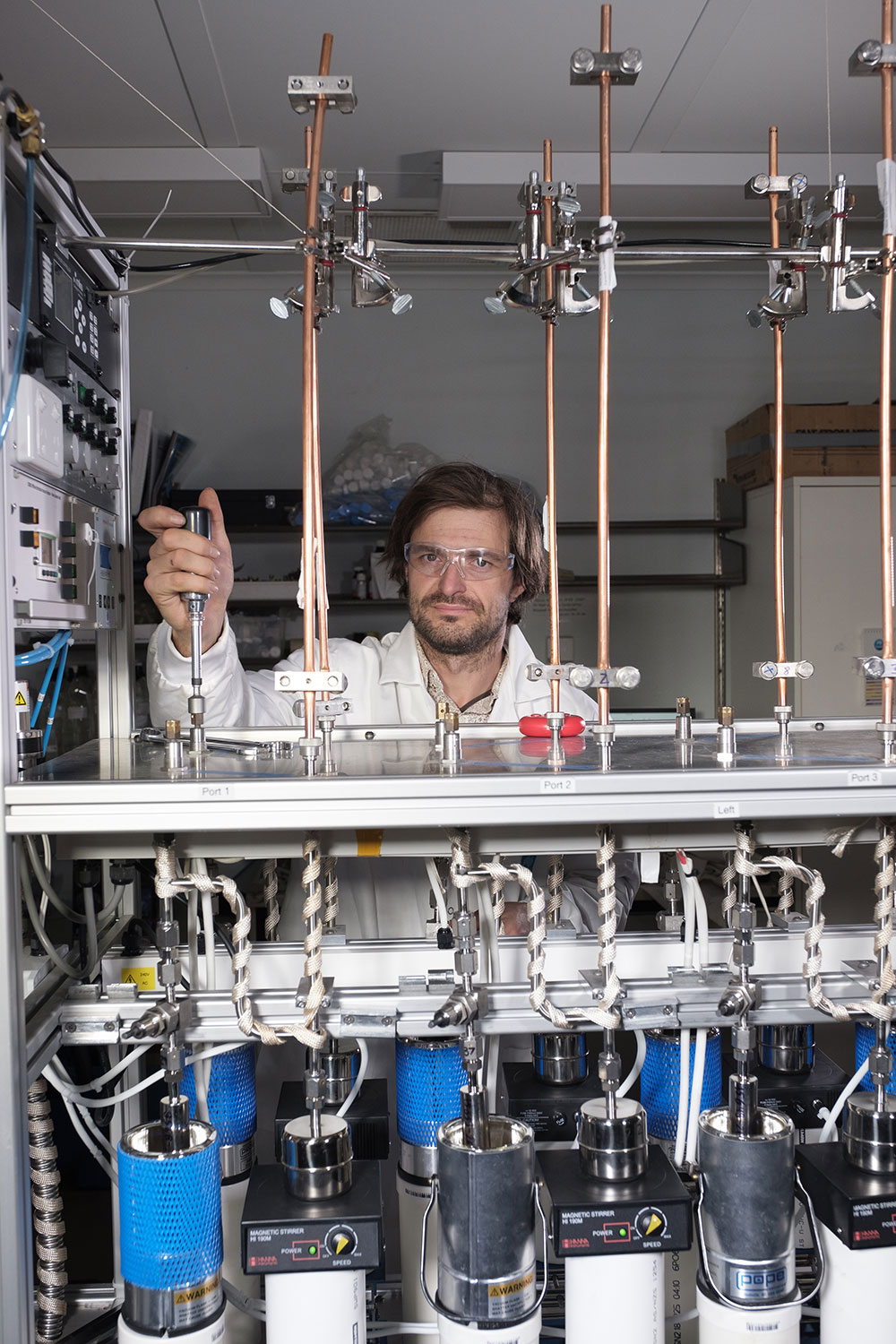A new facility is looking into the past to help researchers measure and manage Australia’s groundwater supplies.
Nearly one-third of Australia’s water supply comes from groundwater, but our understanding of this vital resource is limited. However, a new facility looks to improve groundwater management by helping researchers understand its origins.
The Atom Trap Trace Analysis (ATTA) facility, a joint collaboration between CSIRO and the University of Adelaide, uses advanced laser physics to count individual atoms of noble gases naturally found in groundwater and ice cores.

Measuring traces of noble gases such as argon and krypton can provide insights into the origins and movements of groundwater supplies. From this researchers can understand the age, origin and interconnectivity of groundwater and how it moves through space and time.
Groundwater is gaining importance as surface water sources become more unreliable due to drought and climate change. This makes it more important than ever to have a clear picture of the country’s groundwater supply and make sure it’s sustainable, said Professor Andre Luiten, Director of the University of Adelaide’s Institute for Photonics and Advanced Sensing (IPAS).
“Australia relies on it groundwater for 30 per cent of its water supply for human consumption, stock watering, irrigation and mining,” he said.
Measure to manage
This is the first ATTA facility in the Southern Hemisphere, and combined with CSIRO’s Noble Gas Facility gives Australia some of the most comprehensive noble gas analysis capabilities in the world.
Noble gases are the “gold standard” for environmental tracers to track groundwater movements, said Luiten, as they don’t react chemically and have a unique signature. The ATTA’s analytics capabilities mean researchers can determine the age of groundwater supplies as young as a few decades to as old as one million years. Similar techniques were recently used to age and determine the origins of an underground reservoir of fossil water beneath the Negev desert in Israel.
“This allows us to understand the sources of water, where it comes from and what the recharge rates are,” said CSIRO Senior Research Scientist Dr Dirk Mallants.
“This is critical where development of any kind might use or impact groundwater systems – from urban development where groundwater systems are used to supply communities, to agricultural and mining development.”